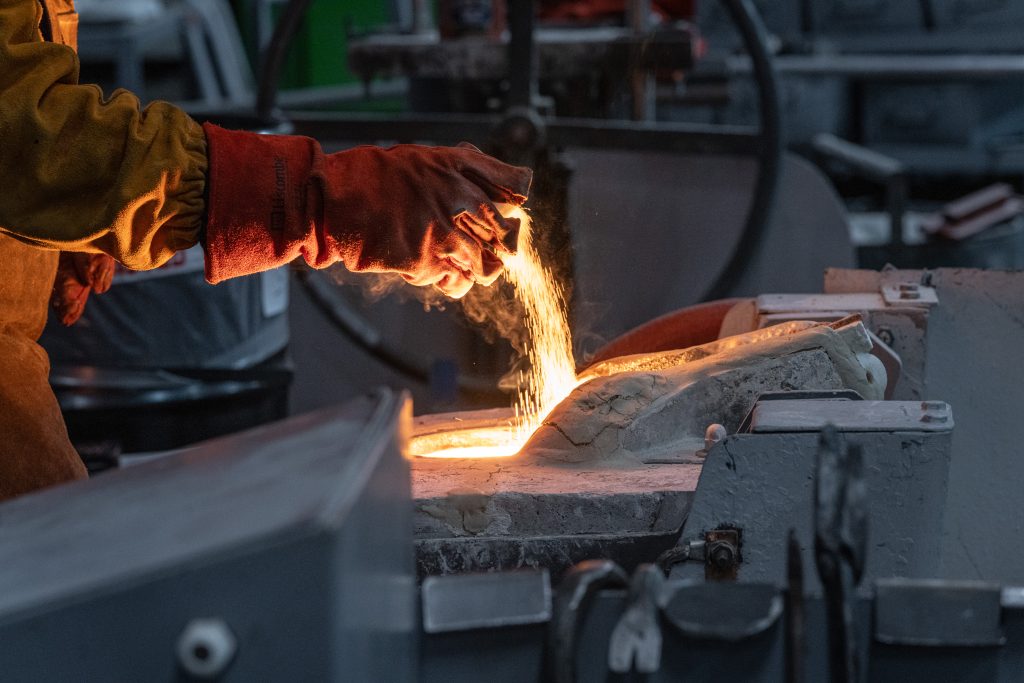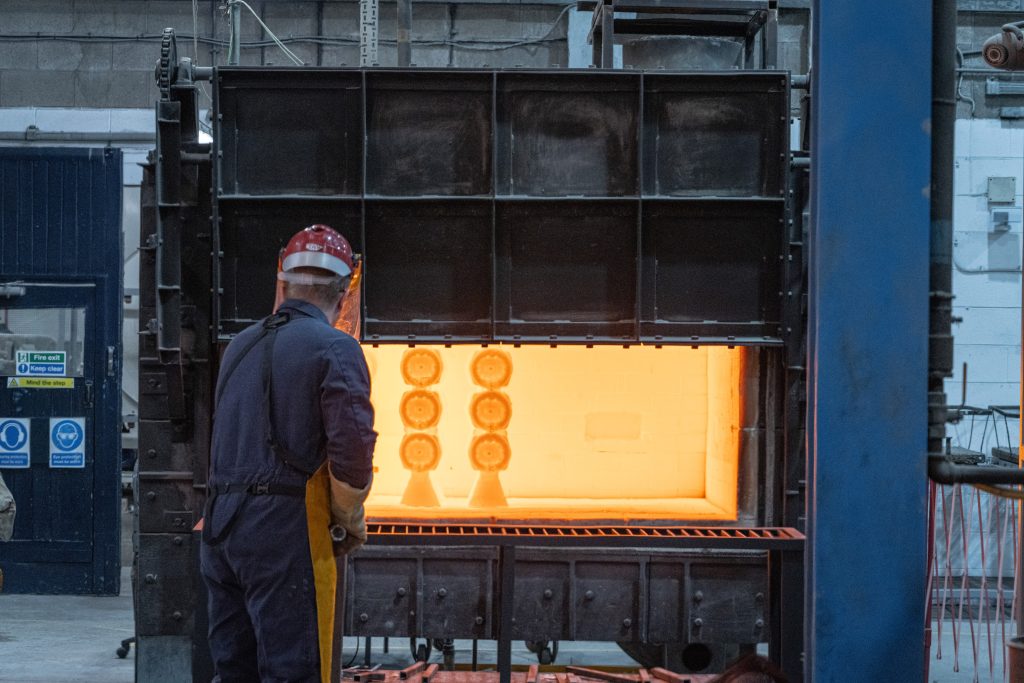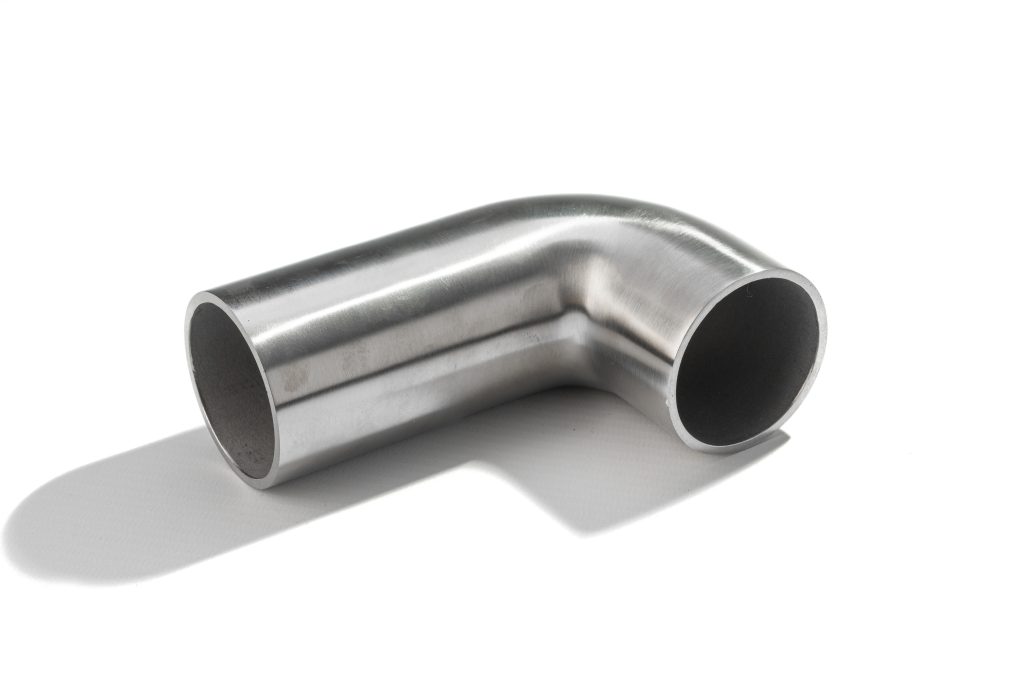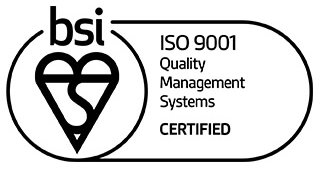(Commercial Grade) Investment Casting
Capabilities
Commercial grade investment casting is a relatively new process in the UK and offers some distinct advantages over sand casting:
The surface finish and cast tolerances are similar to sand casting, but it also offers many benefits of premium grade investment casting, such as design flexibility, good cast integrity and the ability to produce parts without draft angle consideration.


Process
Commercial grade investment casting is a very similar manufacturing process to premium grade investment casting or lost wax process where the differences between the investment casting processes facilitate lower costs of supply:
An aluminium tool is cut directly from the 3D CAD data
Wax replicas are produced from the tooling
Waxes assembled onto runner system – “tree”
A ceramic shell is built around the assembly using an automated, high-speed dipping and drying process (investment)
The wax is then removed from the shell in water
The shell is fired in an oven
The molten metal is poured into the shell
Ceramic is broken off once the metal has cooled
Parts are cut off the “tree”
Ingate (feed positions) are ground off
Finishing and machining, if required
Necessary inspection
Advantages
Commercial grade investment casting benefits.
The commercial grade investment casting process has many similarities to premium grade investment casting but is best suited to larger, less complex designed parts that may require a higher level of repeatable quality and integrity than general sand castings.

Piece price significantly lower than premium grade investment casting
Cast surface is smoother than sand casting
More design flexibility (complex shapes)
No draft angles required
The cast tolerances are wider
Consistency and repeatability: virtually no tool wear
Precision: details such as holes, lettering, threads, serrations can be cast
Production flexibility: accommodating both high and low volume
Reduced production costs: minimal material wastage, machining can often be eliminated and labour costs reduced
Low initial tooling costs
Added value: ability to incorporate company name, logo, part number etc.
Contact Dean Group International for Your Investment Casting Quote
To find out more about our investment casting, or to get a quote for your project, please get in touch with us on 0161 775 1633 or submit your enquiry online.
© 2025 Dean Group International
Registered in England VAT No: 146307478 Company Registration No: 1062820
Registered in England VAT No: 146307478 Company Registration No: 1062820
Designed, Developed & Powered by SQ Digital




